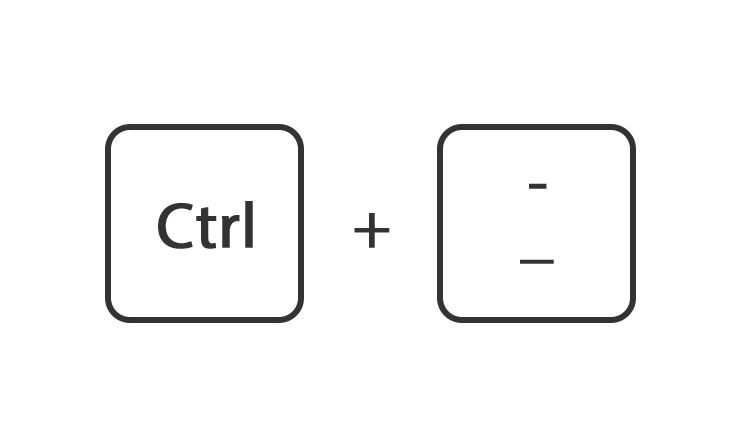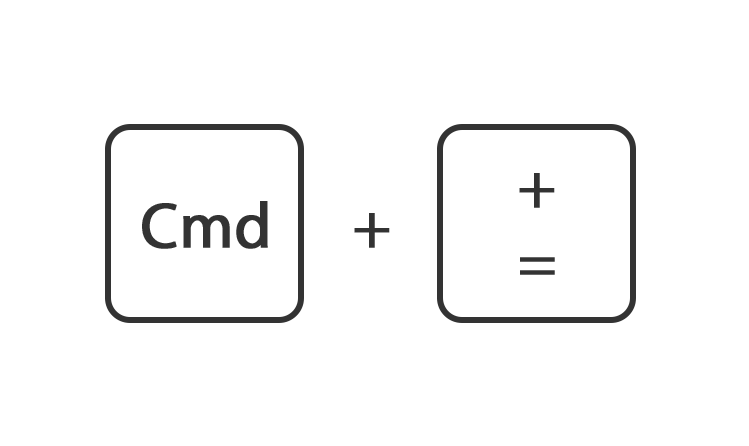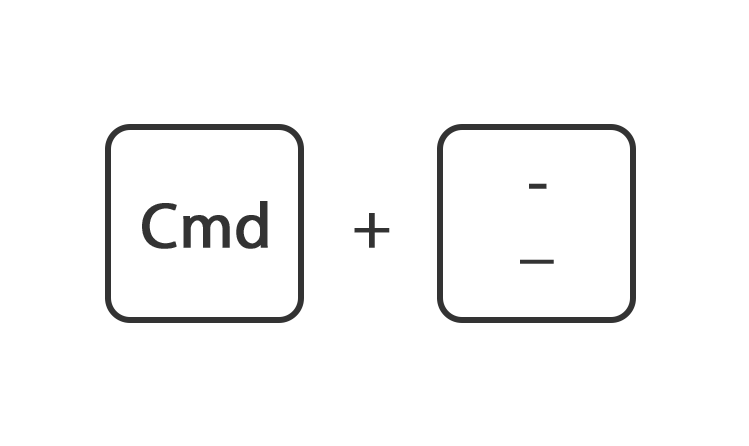Algemeen
Conditioneringsschema’s worden ingedeeld in myeloablatief (MA), reduced intensity conditionering (RIC) en non-myeloablatief (NMA).
MA verwijst naar TBI en/of alkylerende middelen in een dosering die geen autoloog hematologisch herstel zullen geven (bijvoorbeeld TBI ≥ 5 Gy single dose of ≥ 8 Gy gefractioneerd of Busulfan > 8 mg/kg oraal.
NMA veroorzaakt minimale cytopenie en weinig vroege toxiciteit, maar zijn dusdanig immunosuppressief dat er volledige engraftment kan optreden (bijvoorbeeld TBI ≤ 2 Gy ± purine analoog, Flu + Cy ± ATG)
RIC conditionering is een intermediaire categorie die niet past bij MA of NMA. Verschil met NMA is dat de cytopenie veel langer duurt en er stamcelsupport nodig is anders leidt de langdurige cytopenie tot significante morbiditeit en mortaliteit.
Indicaties
Afhankelijk van de onderliggende ziekte zijn verschillende myeloablatieve conditioneringen (MA) mogelijk. De meest gangbare bestaan uit de combinatie cyclofosfamide met total body irradiation (TBI) of met busulfan (Bu). In verband met de lagere kans op het ontwikkelen van GVHD wordt de cyclofosfamide in ons centrum op dag +3 en +4 gegeven (PTCy, zie Mielcareck et al). Aan het busulfan schema wordt dan fludarabine pretransplantatie toegevoegd. Fludarabine/treosulfan is volgens de definities een myeloablatieve therapie, echter het is beduidend minder toxisch dan de voorgaande 2 MA conditioneringsschema’s en dus ook op oudere leeftijd goed te hanteren. Het wordt gebruikt bij graft failure in combinatie met ATG of Campath.
| Ziekte (bij patiënten < 40 jaar) | TBI/PTCy | Flu/Bu/Cyclo | TTP/Bu/Flu/PTCy of Treo/Flu/ATG |
|---|---|---|---|
| CML chronische fase | X | ||
| CML myeloblasten crisis | X | ||
| CML lymfoblasten crisis | X | ||
| AML | X | X | |
| MDS | X | ||
| Myelofibrose | X | ||
| Lymfomen / multipel myeloom / plasmacelleukemie | X |
Correctie dosering
De dosering van de chemotherapie wordt idealiter berekend op het ideale lichaamsgewicht (open deze berekening). Correctie wordt geadviseerd bij patiënten met ernstig overgewicht.
Het ideale lichaamsgewicht (ideal body weight, IBW) wordt als volgt berekend:
IBW mannen (kg) = 50 + 0,91 × (lengte in cm – 152)
IBW vrouwen (kg) = 45 + 0,91 × (lengte in cm – 152)
Het gecorrigeerde ideale lichaamsgewicht (adjusted IBW, AIBW) wordt als volgt berekend:
AIBW = IBW + 0,25 × (werkelijk lichaamsgewicht – IBW)
NB: Gebruik AIBW alleen als werkelijk lichaamsgewicht > dan ideaal lichaamsgewicht. Als werkelijk lichaamsgewicht < ideaal lichaamsgewicht, gebruik dan het werkelijke gewicht.
NB: Indien niet anders vermeld werkelijk lichaamsgewicht gebruiken.
Uitsluiten CNS betrokkenheid
In de maand voor transplantatie dient in principe bij elke patiënt met een lymfatische maligniteit en non-Hodgkin lymfoom een diagnostische liquorpunctie plaats te vinden. Als bij pretransplantatieonderzoek de liquor positief is voor abnormale cellen: dan transplantatie uitstellen en liquor behandelen, heroverweeg transplantatie.
NB:
- geen intrathecale therapie minder dan 72 uur voor stamcelinfusie
- start intrathecale therapie, indien geïndiceerd, op dag +28 post transplantatie.
TBI met post transplantatie cyclofosfamide (in myeloablatieve dosis)
Beleid bij cyclofosfamide
Dosering
Zie rekenschema met correctie voor ideale lichaamsgewicht (open deze berekening) en kuurschema Myeloablatief: TBI + cyclofosfamide post tx.
Bijwerkingen cyclofosfamide
- SIADH
- cardiomyopathie: ernstige vorm heeft een incidentie van 0.4-4%
- hemorrhagische cystitis
- misselijkheid, braken, anorexie, myelosuppressie, gonadale afwijkingen, alopecia, zeldzaam longtoxiciteit
- voor dosering MESNA en verpleegadviezen, zie kuurschema myeloablatief: TBI + cyclofosfamide
Beleid bij TBI
Gesprek met de radiotherapeut
In de voorbereiding op allogene stamceltransplantatie heeft de patiënt een gesprek met de radiotherapeut waarbij de volgende onderwerpen ter sprake komen:
- technische voorbereiding voor TBI (simulatie, CT-scan, bestraling)
- vroege en late toxiciteit
Bestraling
Patiënten ontvangen in totaal 8 tot 12 Gray, gegeven meestal in 2dd 2 fracties van 4 Gray in 2 tot 3 dagen. Bestraling zal worden gegeven in liggende positie en bestaat uit even sterke AP als PA velden. De longen worden afgeschermd, en de maximale dosis gegeven op de longen is 4,5 Gray.
Pre-medicatie
- Ondansetron 8 mg po 1 uur tevoren
- Lorazepam 1 mg po 1 uur tevoren
- Ter preventie van pijnlijke speekselklieren: kauwgom of waterijs
- Geen paracetamol (i.v.m. levertoxiciteit)
- Geen corticosteroïden
Boost radiatie: 4 Gy op testikels bij
- ALL
- Burkitt lymfoom
- CML in lymfatische blastencrisis
Bijwerkingen myeloablatieve TBI
- misselijkheid (meestal eerste 2 uur na TBI). Daarom 8 mg Ondansetron po/iv 1 uur voor elke dosis van de TBI
- alopecia (geleidelijk over 2 weken)
- parotitis en pancreatitis (bijna iedereen ontwikkelt parotitis 4-24 uur na bestraling, minder dan 10% ontwikkelt symptomatische pancreatitis)
- diarree (bijna iedereen in de eerste week na bestraling)
- huidreactie (roodheid, soms hyperpigmentatie 2-3 weken na bestraling)
- mucositis
- late effecten (cataract, groeiretardatie (bij kinderen), longschade, steriliteit, nierfunctiestoornissen, schildklierfunctiestoornissen, hypertensie, secundaire maligniteiten)
Fludarabine/Busulfan + Cyclofosfamide post Tx
Zie schema Myeloablatief: Flu/Bu+ Cyclofosfamide post tx
Bijwerkingen Busulfan
- misselijkheid en braken
- epileptische aanvallen (daarom preventief depakine toevoegen)
- rest:
- vroeg: mucositis, alopecia, hyperpigmentatie van de huid, steriliteit
- laat: long- en retroperitoneale fibrose
Treosulfan bevattend schema
Zie schema Myeloablatief: Flu/Treo/ATG
Bijwerkingen treosulfan
- misselijkheid en braken, mucositis
- alopecia, huidrash
- levertoxiciteit
- convulsie
Reduced-intensity conditionering
Patiënten met een (very) poor risk AML en MDS patiënten kunnen in aanmerking komen voor Decitabine in de conditionering (10 dagen, volgens PLMA34 studieprotocol).
Verder leidt het toevoegen van post-transplantatie cyclofosfamide aan flu/TBI (2 Gy) (volgens HOVON 96 studieprotocol, arm 3) ertoe dat dit schema een intensiteit krijgt van een RIC schema.
Conditionering NMA
Fludarabine/TBI (2Gy)
In de praktijk wordt dit schema alleen toegepast bij kwetsbare patiënten met een contra-indicatie voor PTCy.
Literatuurlijst
- Nagler A et al. Allogeneic hematopoietic stem-cell transplantation for acute myeloid leukemia in remission: comparison of intravenous busulfan plus cyclophosphamide (Cy) versus total-body irradiation plus Cy as conditioning regimen–a report from the acute leukemia working party of the European group for blood and marrow transplantation. J Clin Oncol 2013;31:3549-56.
- Bredeson C et al. Prospective cohort study comparing intravenous busulfan to total body irradiation in hematopoietic cell transplantation. Blood. 2013;122:3871-8.
- Copelan EA et al. Better leukemia-free and overall survival in AML in first remission following cyclophosphamide in combination with busulfan compared with TBI. Blood. 2013;122:3863-70.
- Gyurkocza B et al. Treosulfan, fludarabine, and 2-Gy total body irradiation followed by allogeneic hematopoietic cell transplantation in patients with myelodysplastic syndrome and acute myeloid leukemia. Biol Blood Marrow Transplant. 2014;20:549-55.
- Danylesko I et al. Treosulfan-based conditioning before hematopoietic SCT: more than a BU look-alike. Bone Marrow Transplant 2012;47:5-14.
- Bacigalupo A et al. Defining the intensity of conditioning regimens: working definitions. Biol Blood Marrow Transplant. 2009;15:1628-33.
- Mielcarek et al. Posttransplantation cyclophosphamide for prevention of graft-versus-host-disease after HLA-matched mobilized blood cell transplantation. Blood 2016;127:1502-1508




